Big Apple Sky Calendar: April 2023
In the 1990s, astronomy professor Joe Patterson wrote and illustrated a seasonal newsletter, in the style of an old-fashioned paper zine, of astronomical highlights visible from New York City. His affable style mixed wit and history with astronomy for a completely charming, largely undiscovered cult classic: Big Apple Astronomy. For Broadcast, Joe shares current monthly issues of Big Apple Sky Calendar, the guide to sky viewing that used to conclude the seasonal newsletter. Steal a few moments of reprieve from the city’s mayhem to take in these sights. As Oscar Wilde said, “we are all in the gutter, but some of us are looking at the stars.”
—Janna Levin, editor-in-chief
April 1
Sunrise 6:39 am EDT
Sunset 7:20 pm EDT
Until the year 1582, when Pope Gregory made his famous calendar reform in all of Catholic Europe, April 1st was considered the beginning of the year. Or to purists, March 25th, the traditional date for the vernal equinox. That's how many of the months get their names: September was the seventh month, October the eighth, November the ninth, December the tenth.
April 2
The release date, in 1968, of 2001: A Space Odyssey, a film by Stanley Kubrick and Arthur C. Clarke. Usually ranked as the greatest science fiction film of all time, and often as one of the ten best films of all time. I think I've seen it ten times, including the opening night in Boston, and couldn't count the number of hours spent discussing it with friends. Clarke's imagination and knowledge coupled with Kubrick's subtlety and use of imagery produced an absolute masterpiece.
April 6
Full moon 12:36 am EDT.
April 7
On this day in 2001, the Mars Odyssey mission was launched—to search for water on Mars. This and other missions have now shown some evidence for the existence of subsurface water on Mars… and simple photography appears to show dried-up river canyons. As the Planetary Society puts it: “Mars isn't the greatest place to quench your thirst, although it may have been a few billion years ago.”
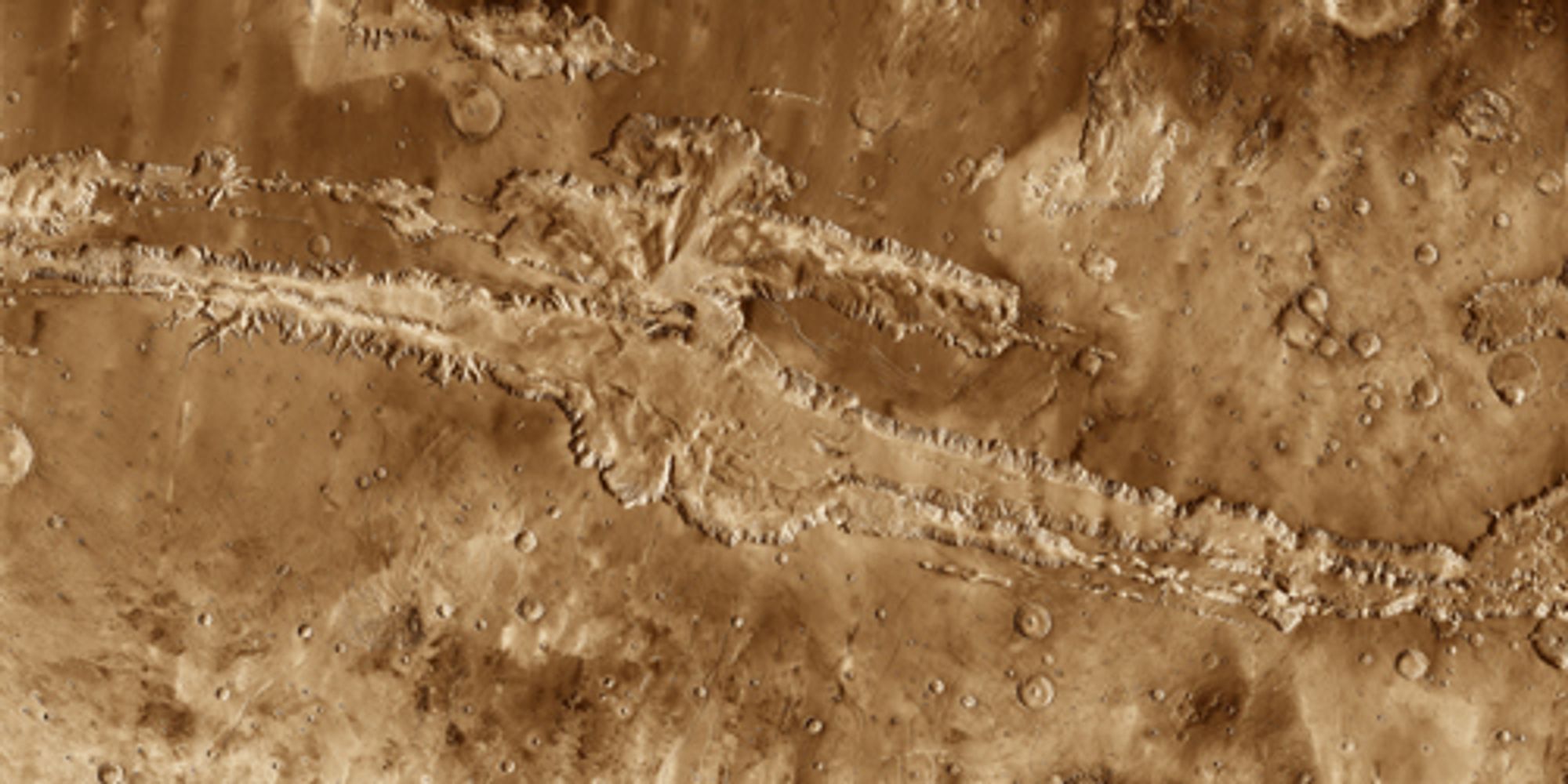
April 9
Easter Sunday. Easter is a “moveable feast” holiday, because it is pegged to the full moon, rather than a calendar date (“first Sunday after the first full moon on or after the vernal equinox”).
April 10
On this day in 2019, NASA and NSF revealed the first image of a black hole—specifically, the supermassive black hole at the core of the massive galaxy M87. This was accomplished by the Event Horizon Telescope (EHT), a worldwide collaboration of radio telescopes—which agree in advance to observe the same targets at exactly the same time (and thereby simulate a telescope thousands of miles in diameter). The principle is similar, but not identical, to that which we all know as binocular vision.
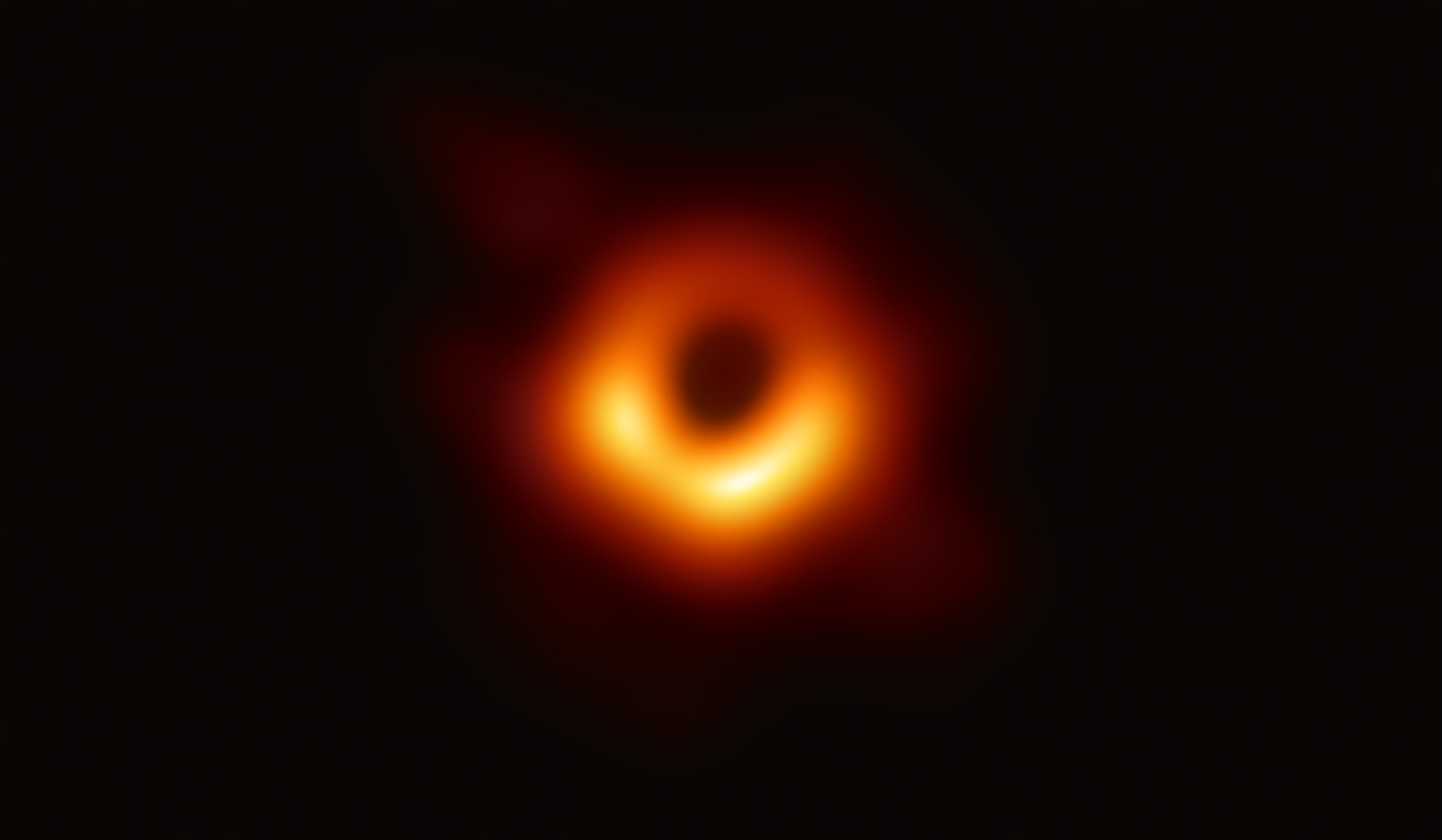
April 10-12
Early on these nights, look for Venus next to the Pleiades star cluster in the evening sky. A grand view in binoculars.
April 12
In 1961: First human (Yuri Gagarin) to orbit the Earth.
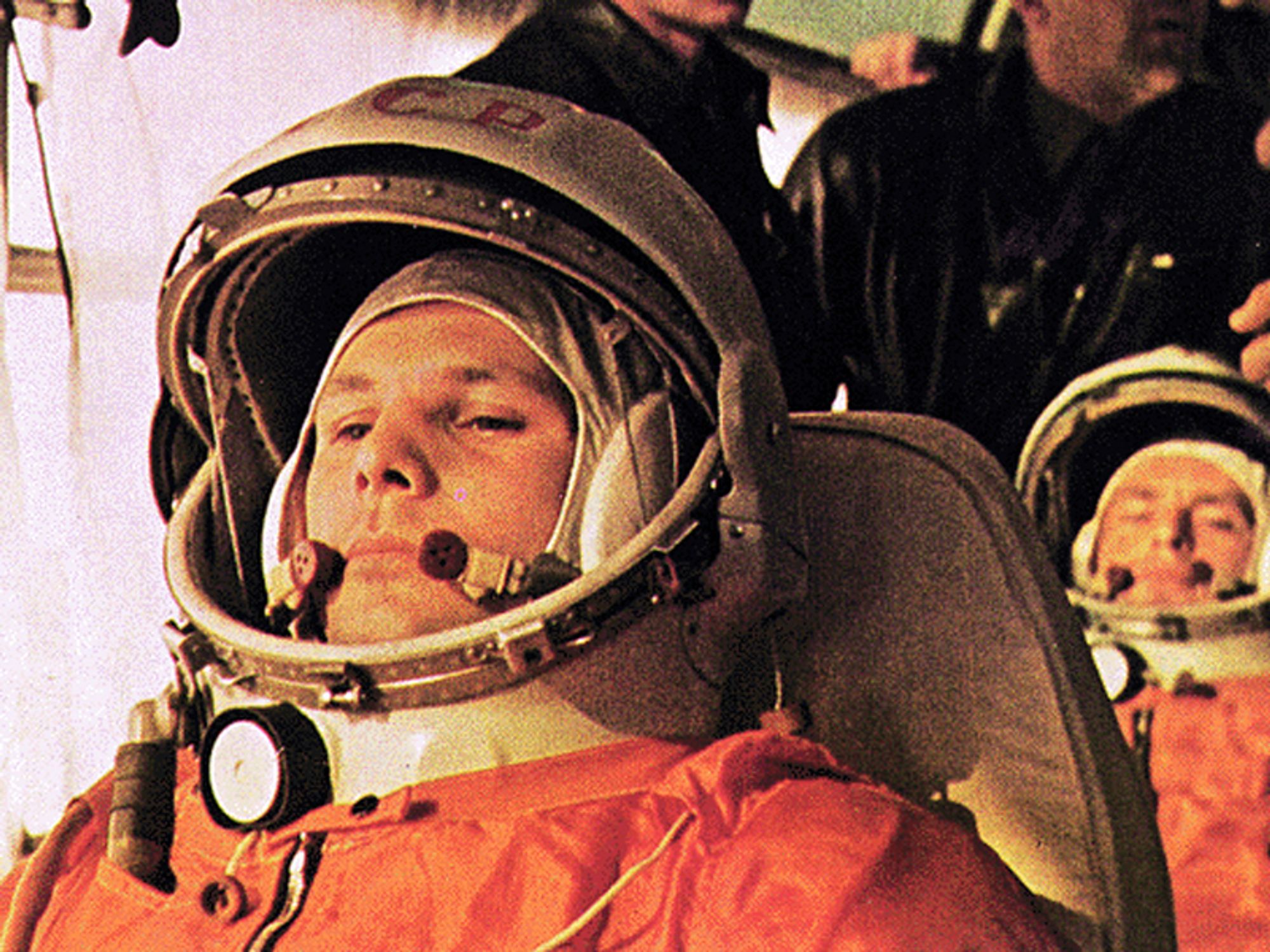
April 13
Last quarter Moon, rising around midnight.
Mid-April
In the year 1006, one of the great supernovae in history, and the oldest in European history, was recorded in the constellation Lupus (the Wolf). Observations were reported from Europe, Africa, and China. The star was many times brighter than Venus, and remained visible throughout the year. Today it is known as SN 1006, and the ejected shell is extensively studied at radio, optical, and X-ray wavelengths. Despite the prominent shell, no central object (a compact remnant of the supernova) has ever been detected.
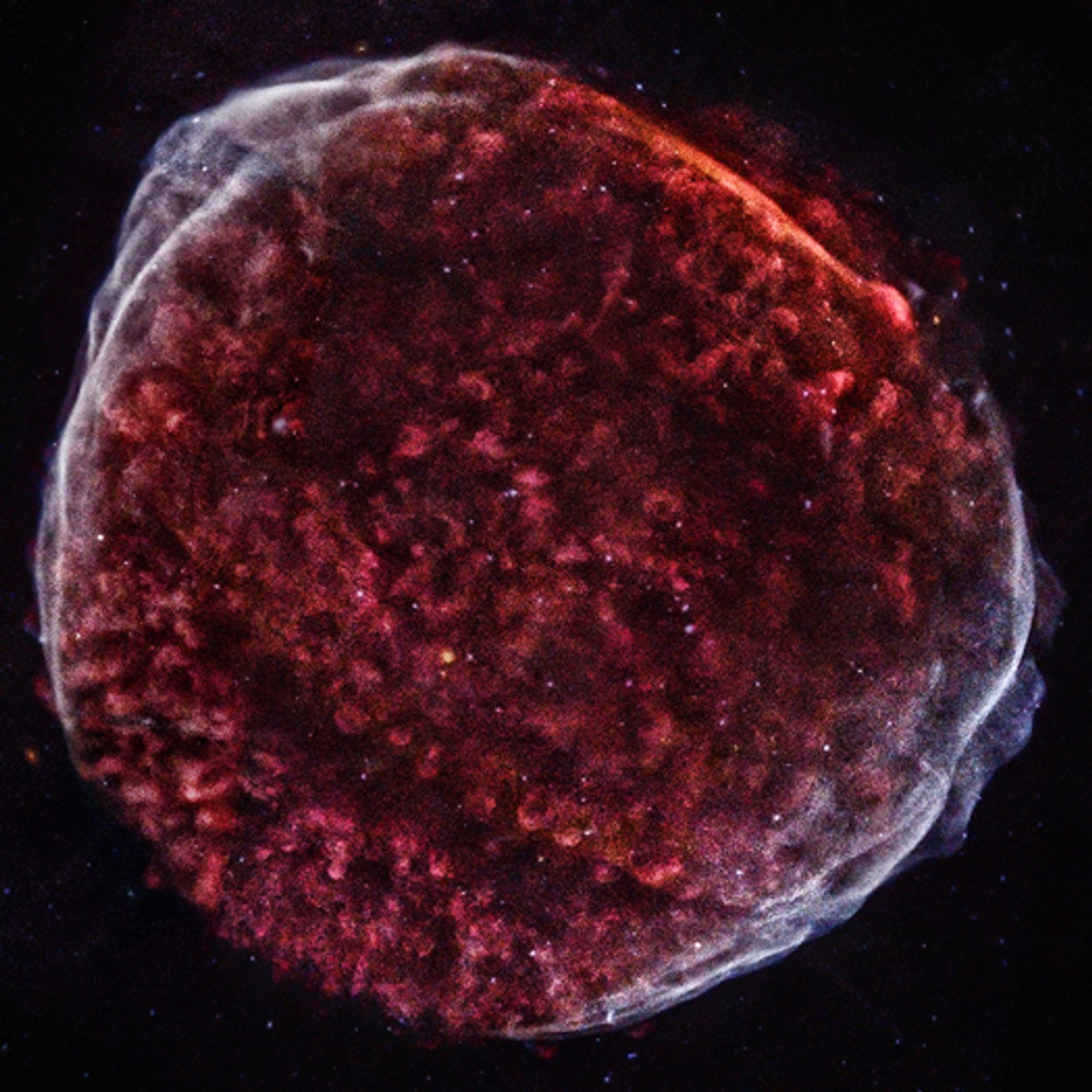
April 15-16
On these two days, the Northeast Astronomy Forum (NEAF) will be held at Rockland Community College. Imagine a large gymnasium full of the latest stuff from just about every vendor roughly connected with astronomy (telescopes, toys, clothing, books, etc.). I recommend calling the organizers (the Rockland Astronomy Club) to make sure it'll proceed as scheduled.
April 16
The Moon lies just next to Saturn in today's early morning sky.
April 20
At 11:15 pm EDT on this night the new Moon stages an annular-total eclipse of the Sun. This is a strange blend of eclipse types: wherever it's total, it's just BARELY total—because the angular size of Sun and Moon are almost exactly the same. Also called a “hybrid” eclipse. But as you might guess from the timing of this rare event (near midnight EDT), it occurs on the wrong side of the Earth for us. Basically an Asia-Australia event.
April 22-3
On these nights, watch the thin-crescent Moon pass Venus in the early evening sky. Good nights for viewing/photographing “the old Moon in the new Moon's arms.”
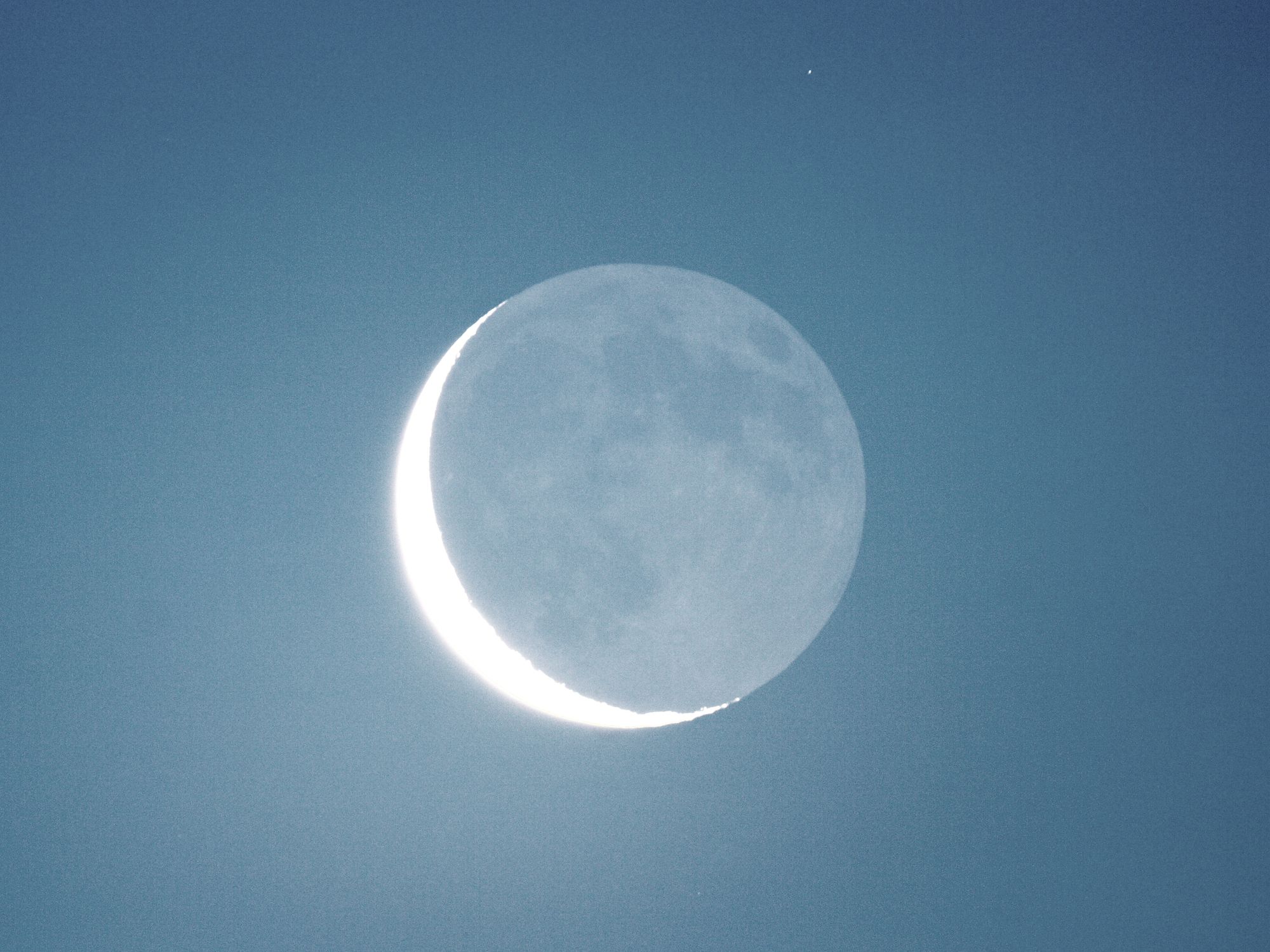
April 24
On this day in 1990, amid much hoopla, the Hubble Space Telescope (HST) was launched. To NASA's great embarrassment, the first images showed that the optics of the mirror were flawed—the images were fuzzy! Good for cartoonists, but bad for astronomy. Fortunately, the telescope was actually designed to be visited by astronauts… and an early visit managed to fix the flaw. For the next 33 years (and counting), the telescope has been a workhorse instrument for astronomers of all nations.
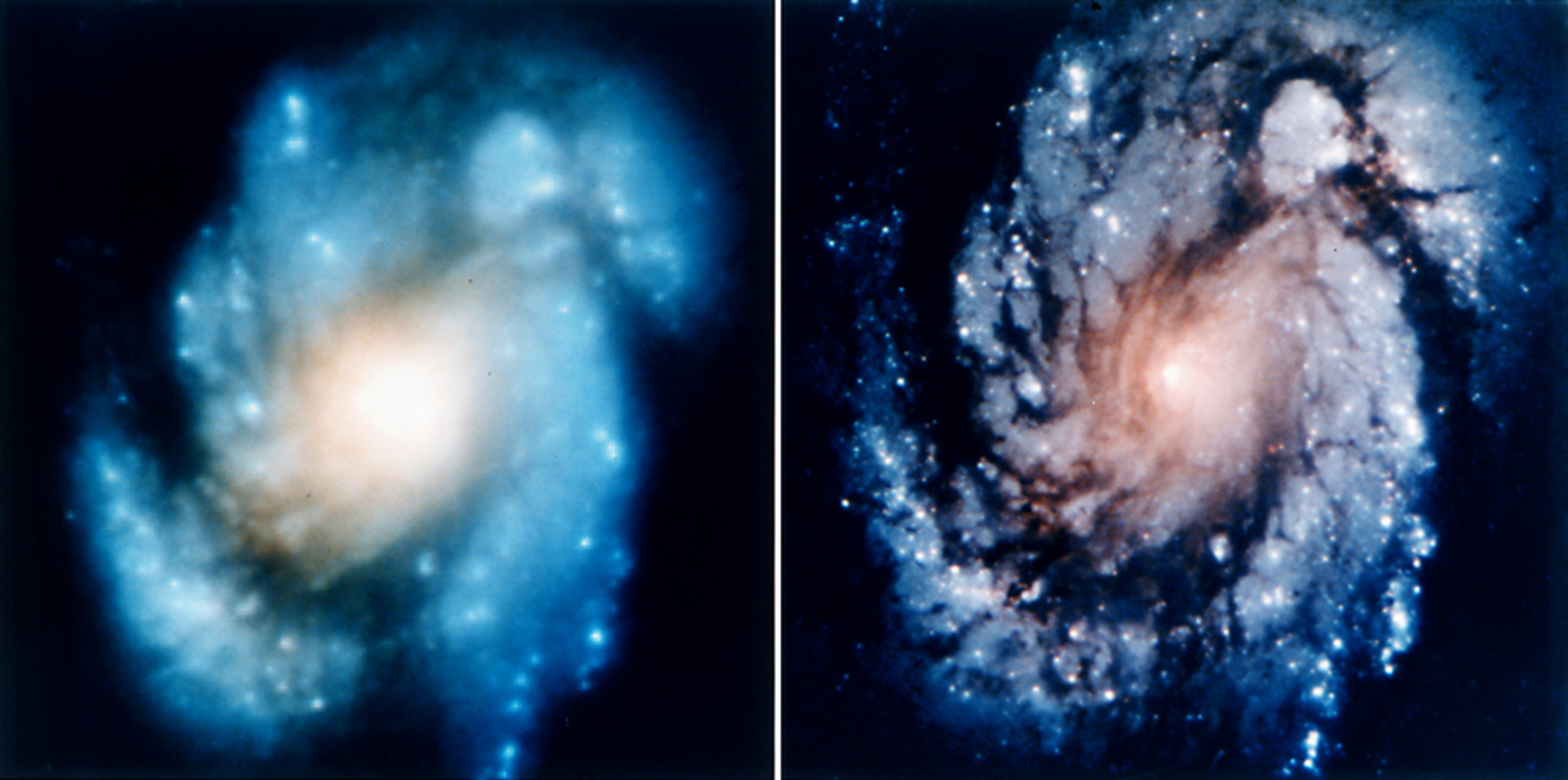
April 26
On this day in 1803, thousands of stones fell on the small French village of L'Aguile. For the preceding few decades, there had been an active debate: do “meteorites” come from the heavens (beyond the Earth), or are they some kind of terrestrial (“meteorological”) phenomenon? The young scientist Jean-Baptiste Biot traveled to the region, collected samples, interviewed eyewitnesses… and presented a convincing case: they come from space, presumably the solar system.
Individual humans and small human artifacts are mighty unlikely targets for incoming meteorites. But there are recent and well-proven cases of a human (just one) and a car (just one) being hit. They make for fun reading. Just for jollies, look them up!
April 27
First quarter Moon.
April 30
Sunrise 5:55 am EDT
Sunset 7:50 pm EDT ♦
Subscribe to Broadcast